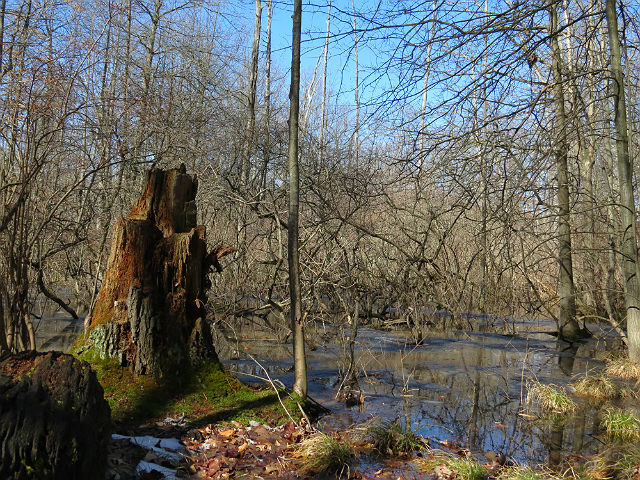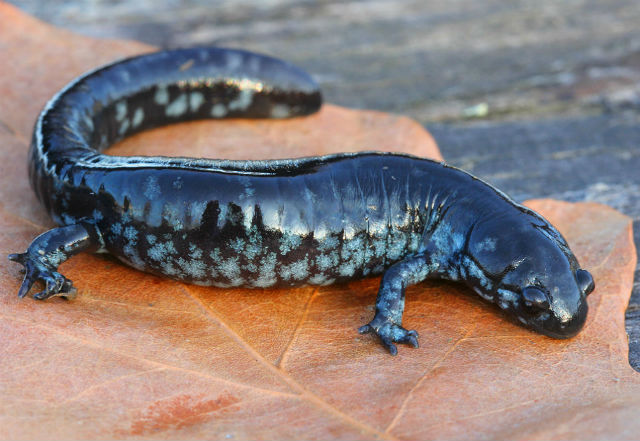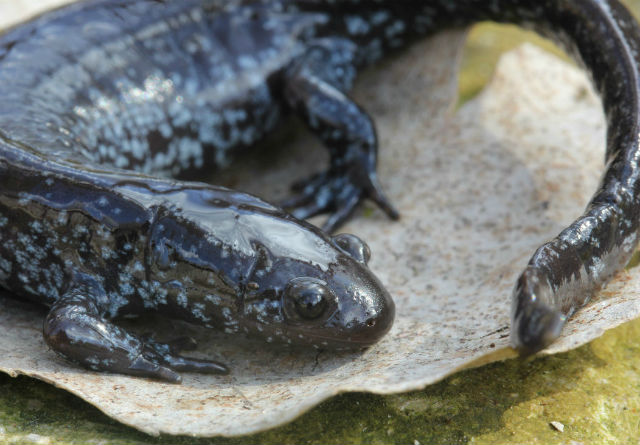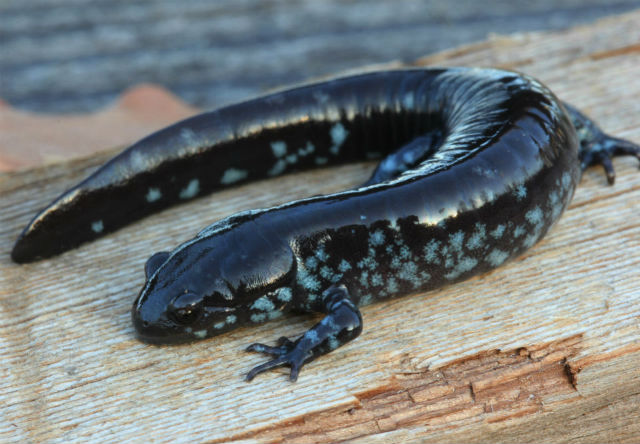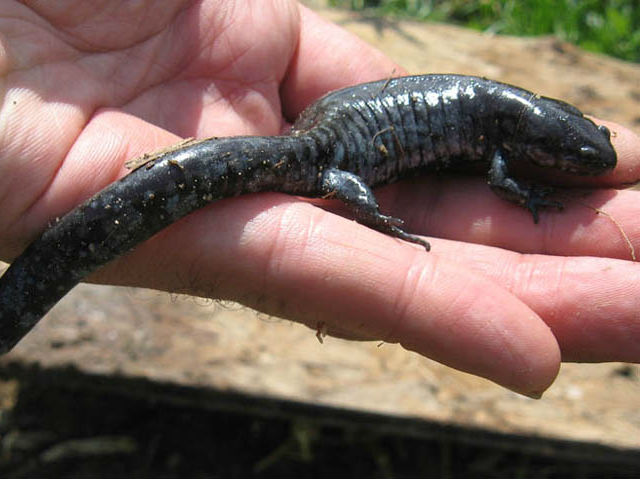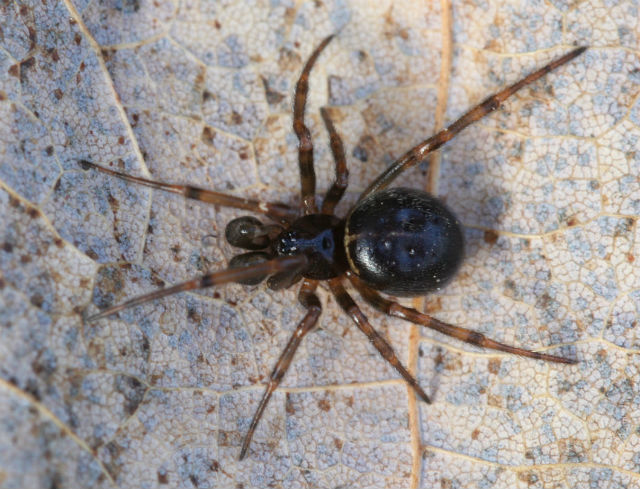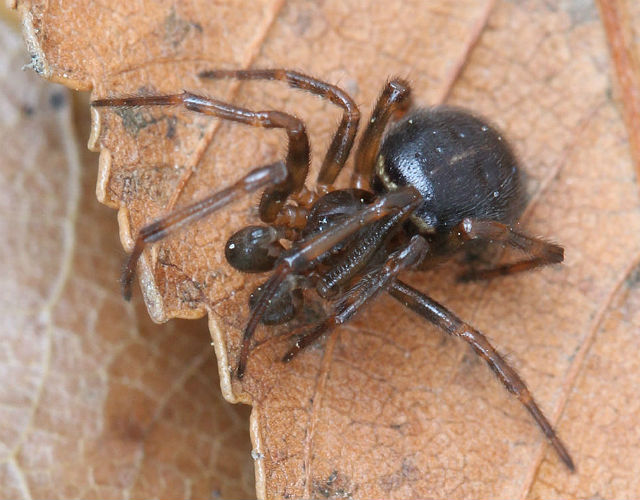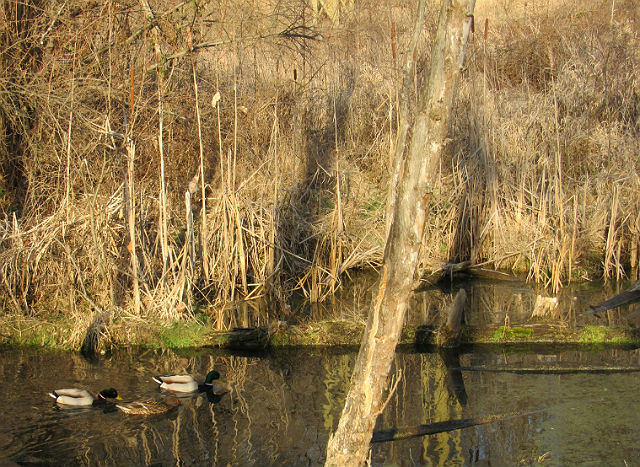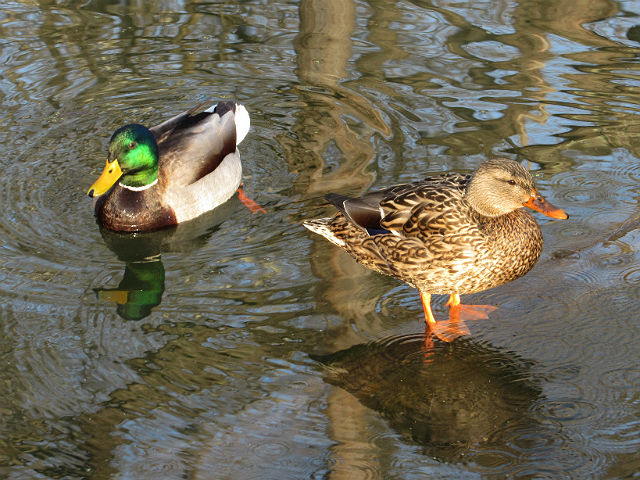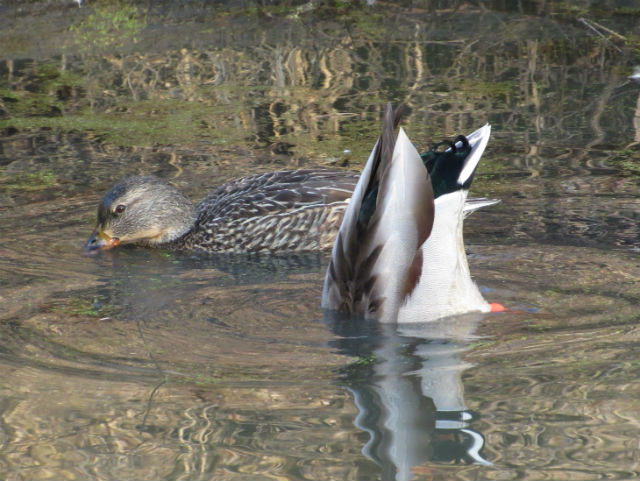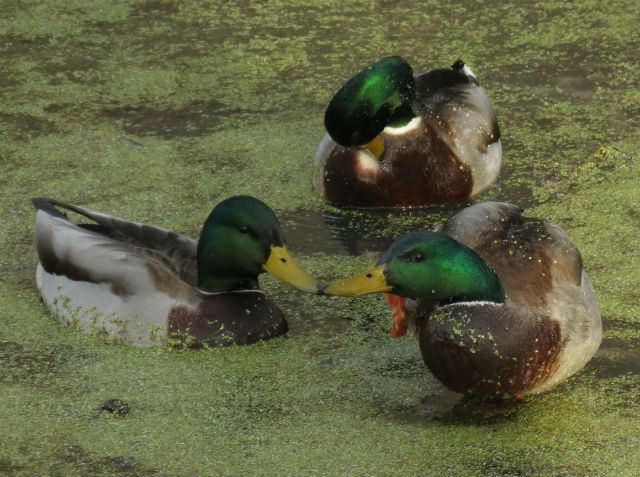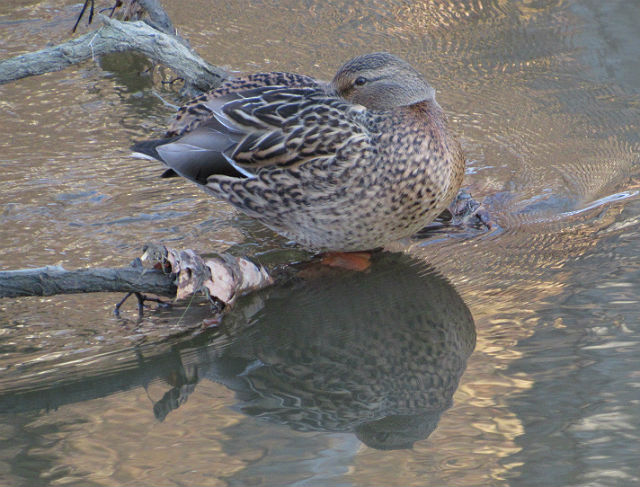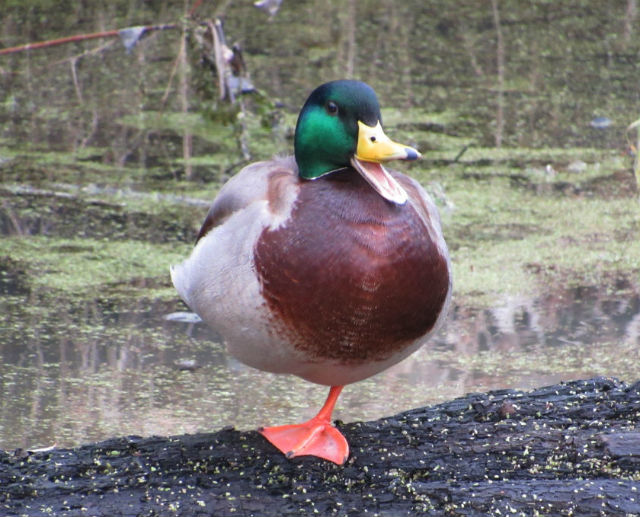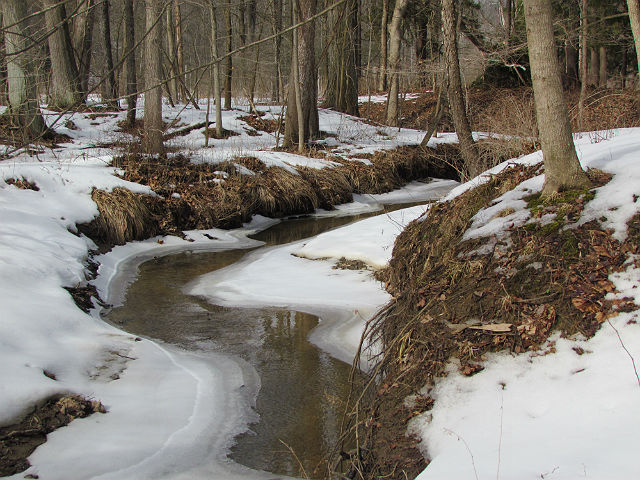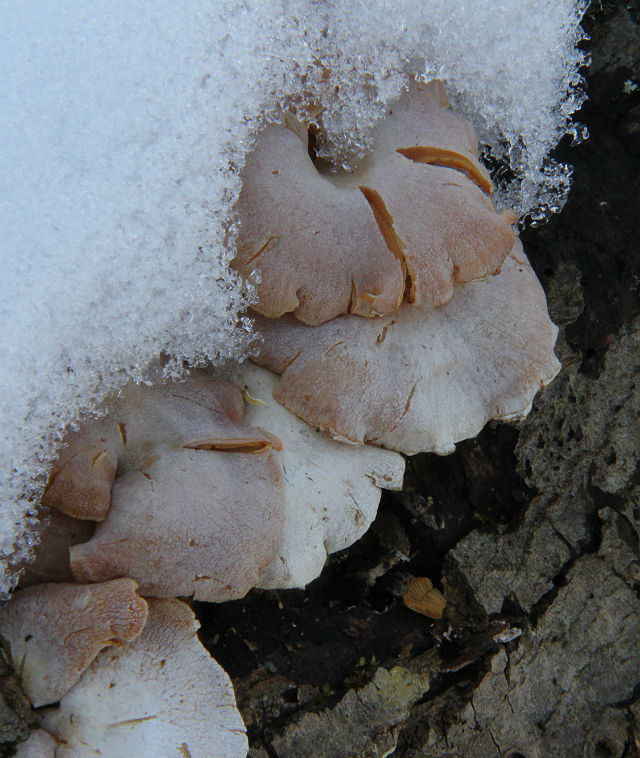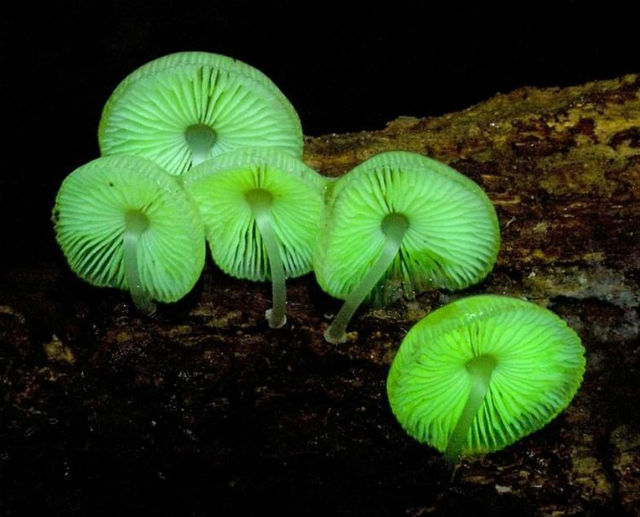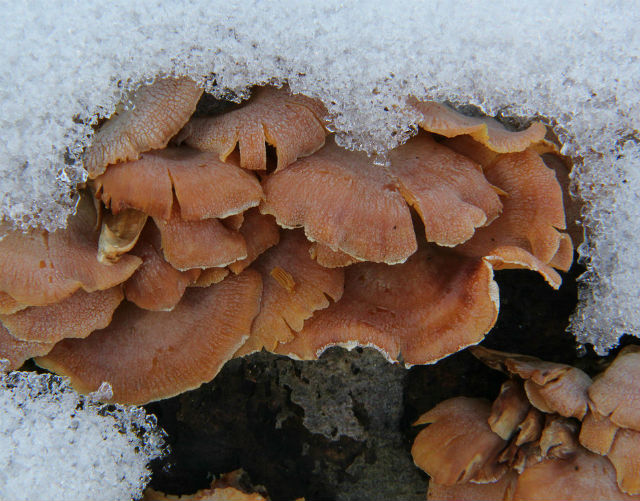As Spring approaches here in northeast Ohio, I await the annual migration of mole salamanders and frogs as they leave their underground hibernation hideouts and head to vernal pools to lay their eggs. This week it happened.
One of the less common of these creatures around here is the Smallmouth Salamander. It is best identified by its short snout and small head. It usually grows to about five inches in total length.
The Smallmouth Salamander’s dark, earthtone ground color is occasionally accented with light flecks of blue pigment, especially along its sides and belly.
This amphibian’s habitat is forested floodplains, swampy areas and deciduous forests. It spends most of the year hidden in underground burrows or under logs, leaf litter and other debris.
Like the other mole salamanders in northeast Ohio, the Spotted Salamander and the Jefferson Salamander, the Smallmouth Salamander typically eats insects, slugs and worms.
I look forward to searching for and coming across this oddly proportioned amphibian each Spring and it was exciting to see one this week.

